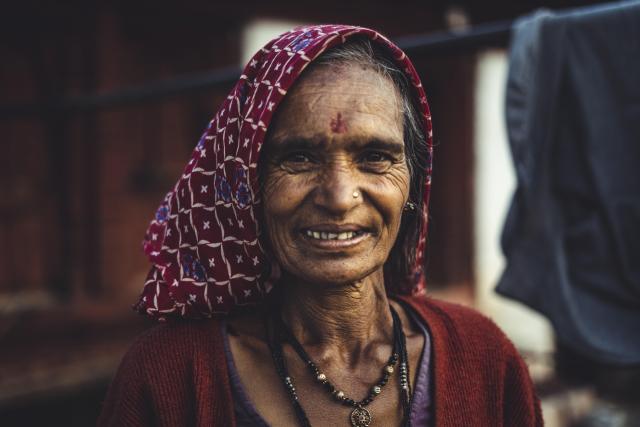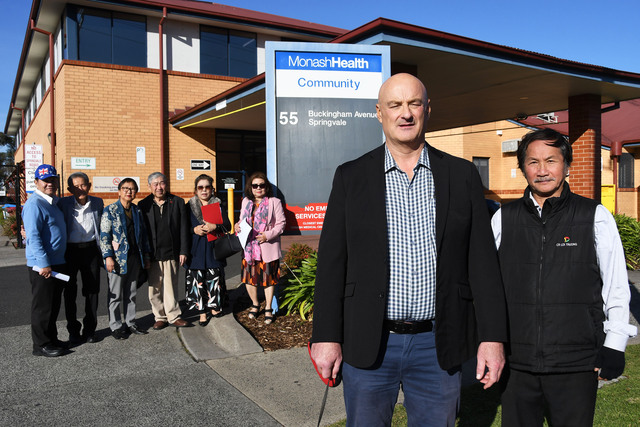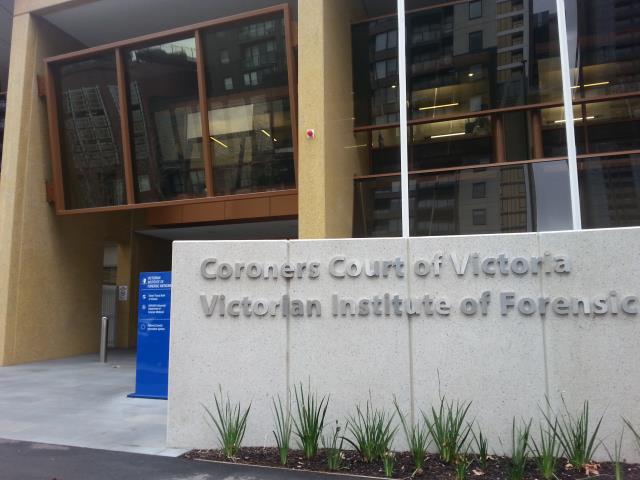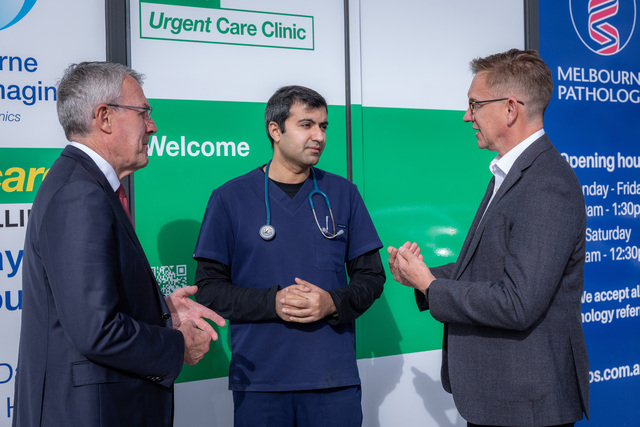The City of Casey’s Living and Ageing Well Action Plan has been endorsed.
The plan sets out how the council will help make Casey a supportive environment where people of all ages can live and age well.
After reviewing the council’s aged and disability services in December 2021, the council announced a commitment to creating a more age-friendly community.
The City of Casey signed Victoria’s Age-friendly Declaration in February 2022.
Throughout 2022, the council consulted with residents, community agencies and service providers to help identify the strategic direction and priorities for creating a more age-friendly community.
Engagements were informed by the World Health Organisation’s Age-friendly Cities and Communities Framework and included asking residents to identify their priorities.
Findings illustrated that older residents want to feel safe, respected, connected, supported and have more opportunities to engage with the council.
They also want to be able to travel throughout the community safely and independently, with access to paths and public transport.
Engagements helped the council identify a total of 49 actions across four themes.
The council then developed the draft Living and Ageing Well Action Plan.
The draft was shared with the community for review and feedback last month.
City of Casey chair of administrators Noelene Duff PSM is grateful to all residents and services providers who helped contribute to this crucial action plan.
“Modelling shows that by 2041, Casey’s population aged 55 years and over is forecast to increase by almost 60 per cent – that’s over 122,000 residents who will likely need some level of aged and disability support or services,” said Ms Duff.
“We recognise that council has a vital role to play in supporting our ageing population and this action plan explains how council will help establish a more age-friendly community, where people of ages feel they can actively live and participate in the community as long as possible.”







